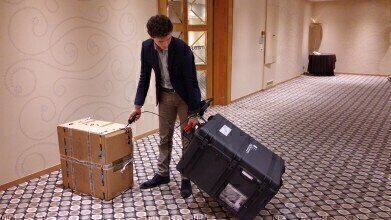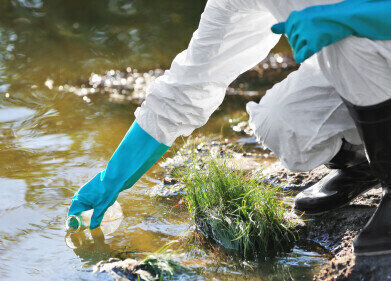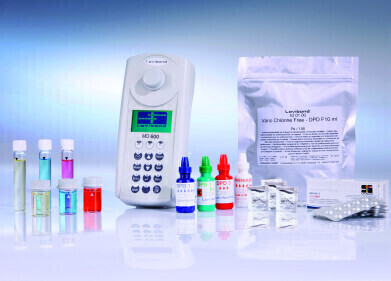Portable/Field Testing
Finnish Company Develops an Analyser that Imitates a Sniffer Dog
Feb 15 2016
Gasera Ltd, a Finnish company based in Turku, has participated in a project developing technology to combat human trafficking and the smuggling of drugs and explosives. For the first time, a single device can detect a wide range of illegal substances from traces in indoor air. The technology has attracted international interest among, for example, border guard services.
Gasera, which specialises in gas measurement analytics, has participated in a three-year EU project developing technology that imitates sniffer dogs for border guards and the police.
The aim of the DOGGIES project was to develop a portable device for detecting smuggled drugs, explosives and people. The EU-funded project ended in January and involved various European universities, research institutes, companies and end users. Gasera designed a sensor module for the device based on its patented gas measurement technology.
“The device we developed through the project is exceptional because it is the world’s first single-device solution that can detect drugs, explosives, hidden people and even banknotes by reacting to the gas compounds emitted into the air,” says Gasera’s CEO Ismo Kauppinen.
The technology can be used for detecting different drugs, such as amphetamine, cocaine, heroin and marijuana. Surprisingly, it has also proved suitable for detecting banknotes: the device can distinguish between dollar notes and euro notes and even detect differences between banknotes with different values.
The device will not, however, replace detection dogs when it is commercialised.
“Sniffer dogs can only be trained to detect a limited range of substances, and they always have to be accompanied by a handler. Despite these limitations, dogs still have an unparalleled ability to smell certain compounds. Our technology is suited for different, large-scale detection activities, for example those conducted at airports or border crossing points where the volume of objects to be tested is high,” says Kauppinen.
One of the members of the project consortium, the University of Nice, discovered a new cannabis marker and filed a patent application for it. The goal is to commercialise the technology, and the first steps have already been taken. The product’s potential end users include police officers and border guards all over the world, meaning that it has huge market potential.
According to the seizure statistics of Finnish Customs, the smuggling of amphetamine, cocaine and heroin has increased substantially over the past few years. For example, in January of this year the Finnish Police discovered a large amount of amphetamine smuggled into the country from Germany. The growth in the smuggling of illegal substances increases the demand for devices designed to combat crime.
The final test phase for the DOGGIES project involved five potential end users, including the Hellenic Police, Greek customs officials and the UK Border Force. All field-test participants became interested in the technology and considered it useful.
Digital Edition
IET 34.2 March 2024
April 2024
Gas Detection - Biogas batch fermentation system for laboratory use with automatic gas analysis in real time Water/Wastewater - Upcycling sensors for sustainable nature management - Prist...
View all digital editions
Events
Apr 30 2024 Melbourne, Australia
Apr 30 2024 Birmingham, UK
May 03 2024 Seoul, South Korea
May 05 2024 Seville, Spain
May 06 2024 Minneapolis, MN, USA




-QED-Image.jpg)














